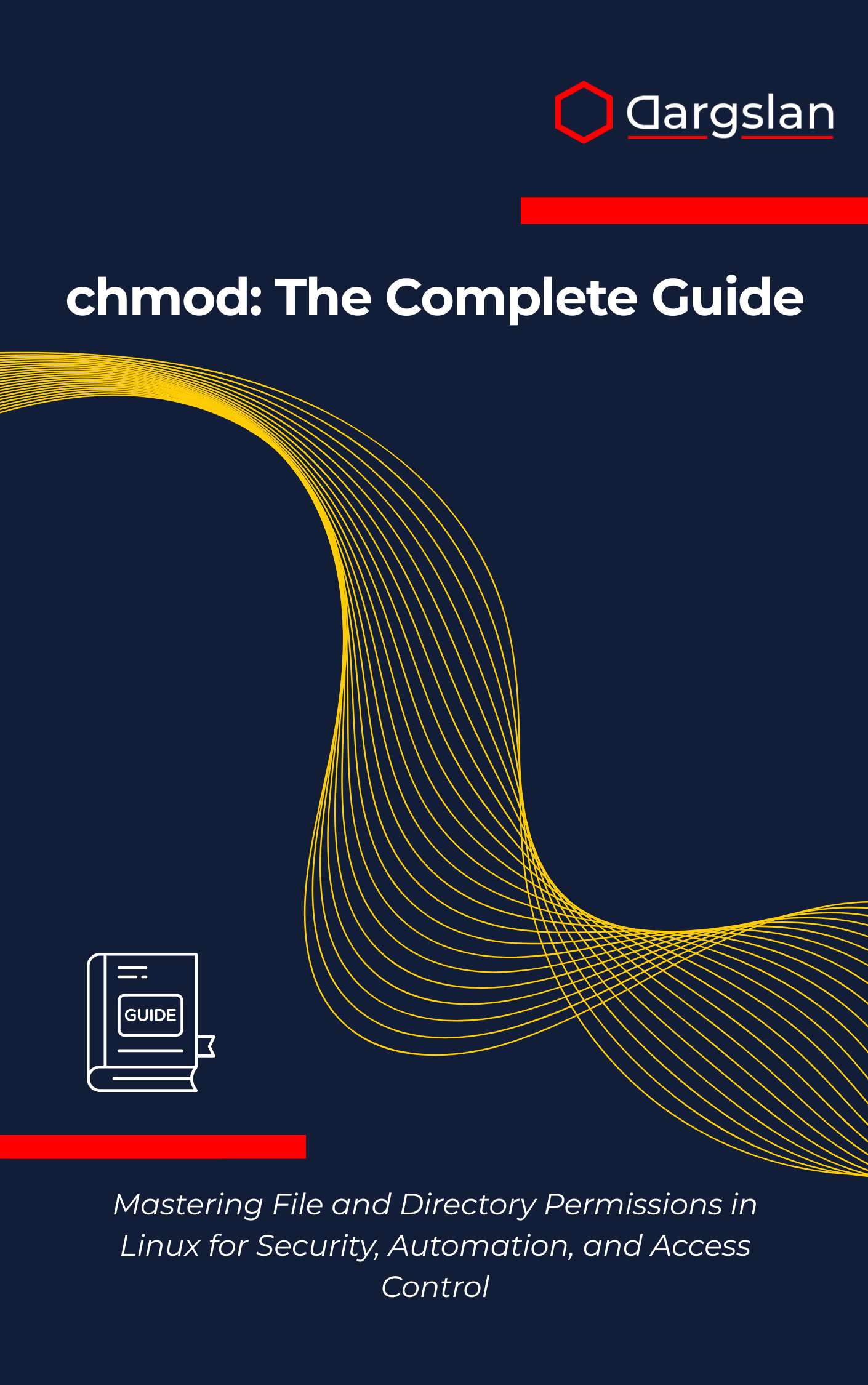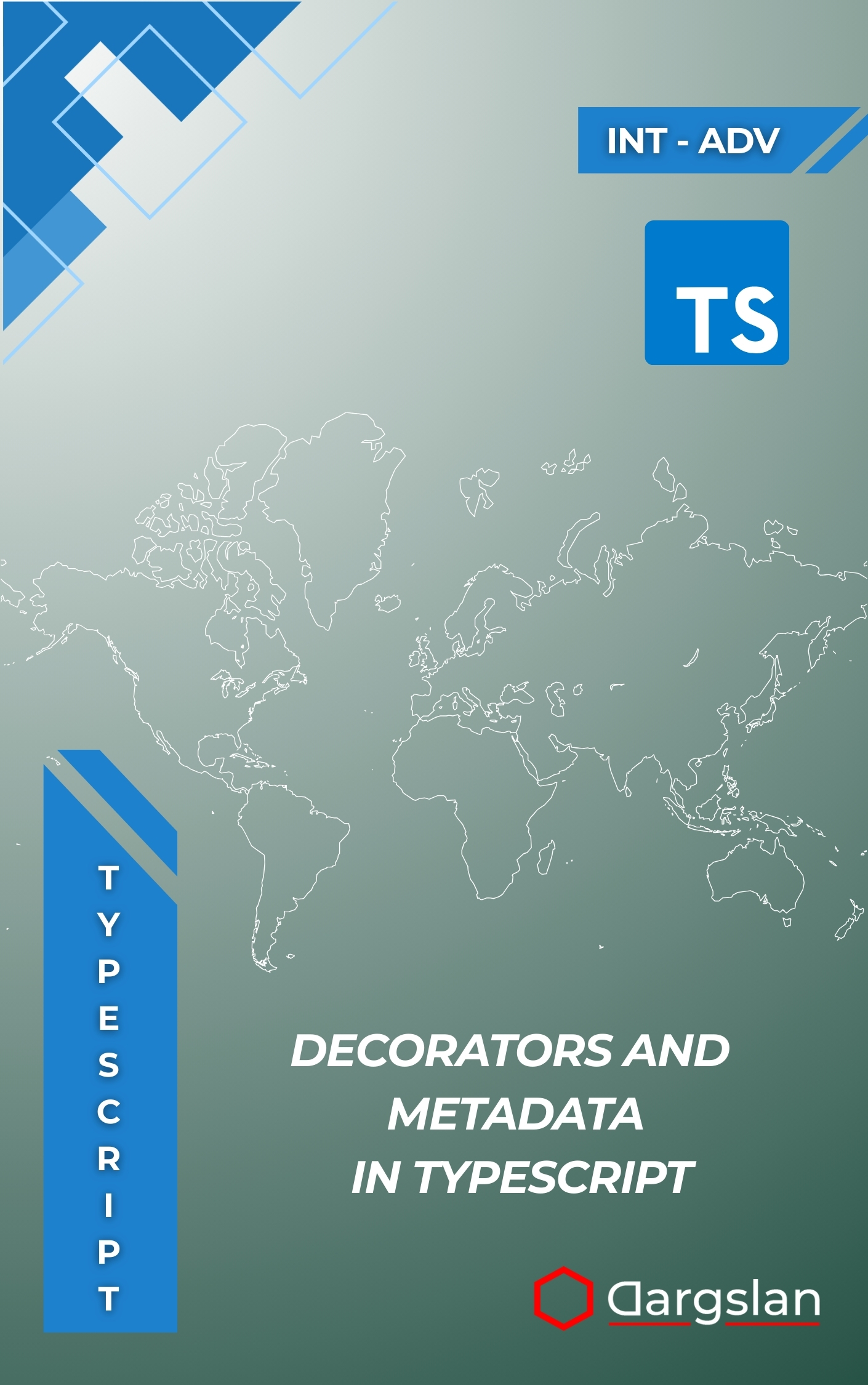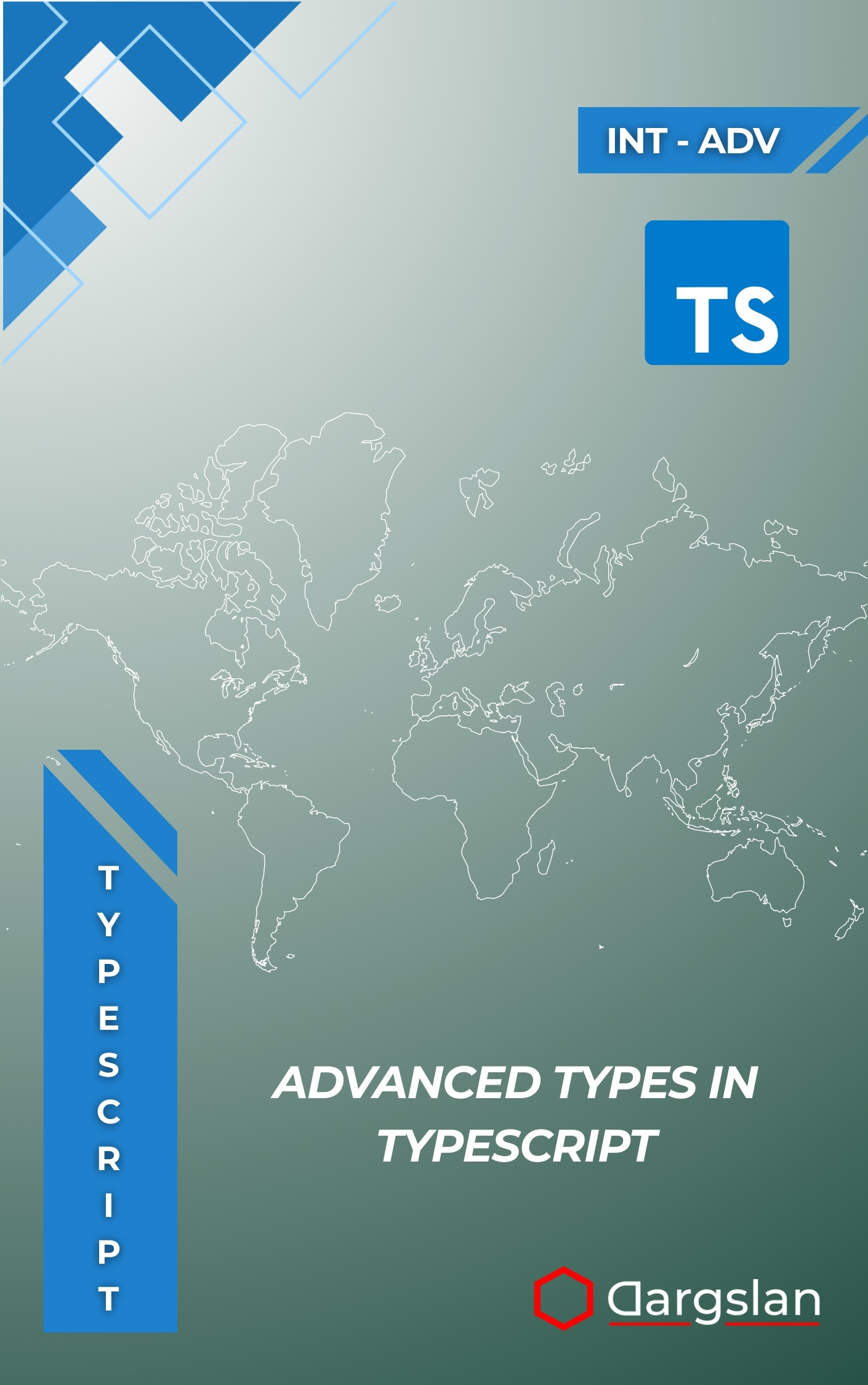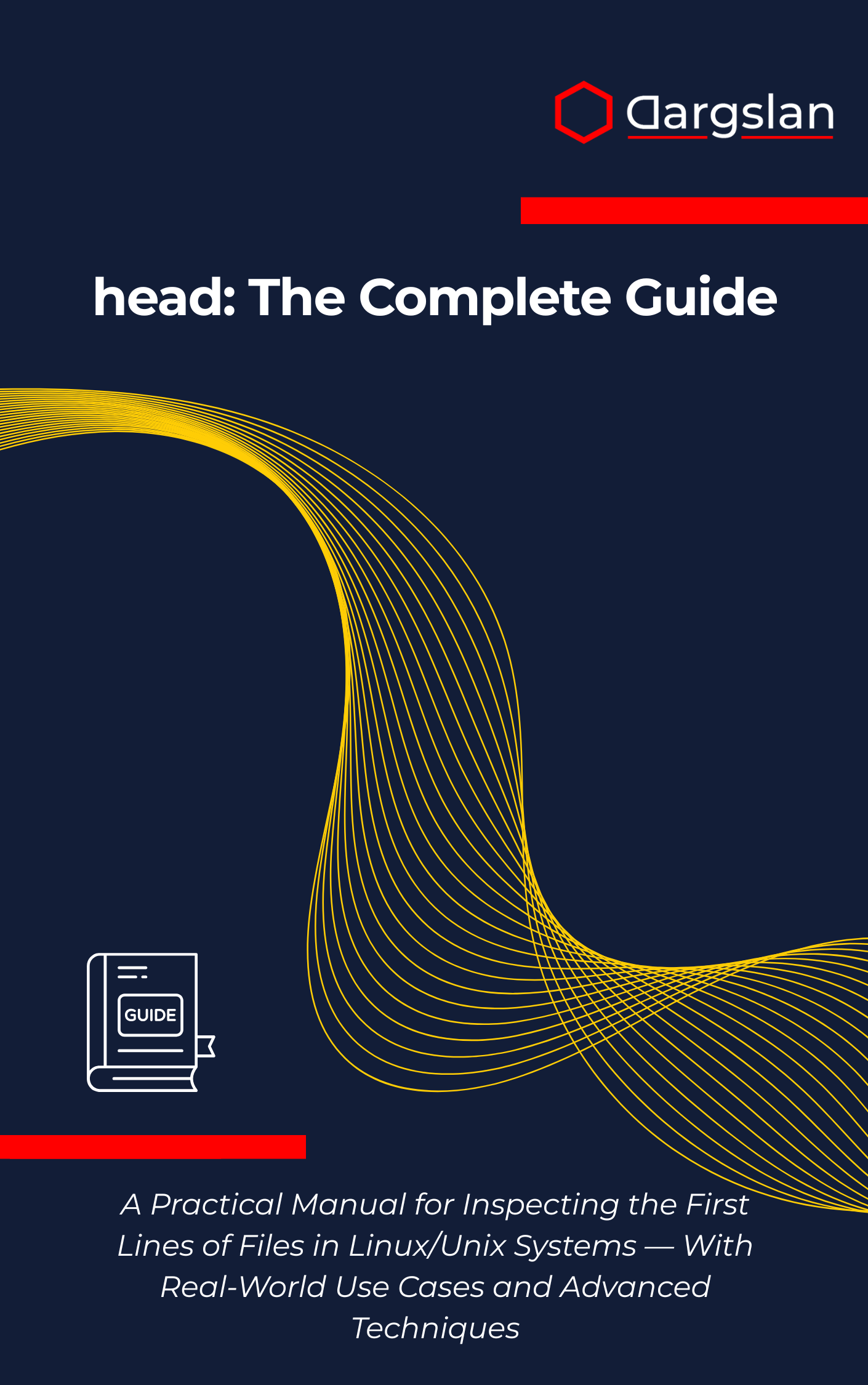chmod: The Complete Guide
chmod: The Complete Guide,Master file and directory permissions in Linux using chmod for secure management.

Misconfigured permissions cause outages, data leaks, and endless troubleshooting. If you’ve ever wrestled with who can read, write, or execute a file, you know how crucial a precise permission model is for secure, reliable systems.
This expert-crafted resource turns permission complexity into confident action. You’ll learn how to secure Linux environments, automate access control, and bake safe defaults into containers and CI/CD pipelines—without slowing down delivery.
Mastering File and Directory Permissions in Linux for Security, Automation, and Access Control
Overview
“chmod: The Complete Guide” is the definitive IT book and programming guide for professionals who want to master Linux permission management end to end. It covers chmod command syntax, file permissions, octal notation, symbolic notation, and special permission bits—including setuid, setgid, and the sticky bit—alongside essential topics like umask, chown, chgrp, permission automation, system security, access control, permission auditing, DevOps integration, CI/CD workflows, web server security, container permissions, and permission hardening. Designed as a practical technical book, it aligns with real-world scenarios so you can confidently apply “Mastering File and Directory Permissions in Linux for Security, Automation, and Access Control” across single servers, clusters, and modern pipelines.
Who This Book Is For
- System administrators and SREs who need to harden Linux hosts without breaking apps. Learn to define least-privilege defaults, standardize ownership and groups, and implement audit-ready permission models you can reproduce across environments.
- Developers and DevOps engineers who want to integrate permissions into build, test, and deployment. Translate business roles into practical access control, implement safe defaults with umask, and automate consistent chmod, chown, and chgrp actions in CI/CD workflows.
- Security practitioners and team leads seeking measurable risk reduction. Build robust permission auditing, eliminate privilege escalations tied to setuid or setgid misuse, and champion permission hardening as a quick win in broader system security initiatives.
Key Lessons and Takeaways
- Design a permission model that survives real traffic. Move beyond ad hoc fixes by mastering octal notation and symbolic notation, mapping users and groups to clear roles, and aligning default permissions via umask to prevent insecure files from the start.
- Apply special permission bits with confidence. Understand when setuid, setgid, and the sticky bit are appropriate, and how they affect executables, shared directories, and web roots. Learn practical guardrails to avoid accidental privilege escalation while maintaining usability.
- Automate permissions in modern delivery pipelines. Bake permission automation into infrastructure-as-code, container builds, and release steps so access control is consistent and auditable. Create reusable scripts for chown, chgrp, and chmod that are idempotent, testable, and team-friendly.
Why You’ll Love This Book
You get clarity without fluff: step-by-step explanations, high-value checklists, and realistic examples that mirror production. From web server security and shared team directories to container permissions and CI/CD gates, the guidance is hands-on and outcome-focused. Appendices provide quick references, troubleshooting playbooks, interview prep, and ready-to-use scripts that save hours of trial and error.
How to Get the Most Out of It
- Follow the logical progression. Start with permission fundamentals, ownership, and umask, then move into special bits and hardening techniques. Finish with automation patterns and the appendices for quick-reference and scripts to operationalize your learning.
- Practice in a safe environment. Mirror your production directory structures in a sandbox and rehearse changes to chmod, chown, and chgrp before rollout. Use find and auditing tools to inventory current states, validate inheritance, and catch drift early.
- Build mini-projects that stick. Harden a web application deployment with correct user/group ownership and least-privilege rules; set up a shared project directory with setgid and a sticky bit; add permission checks to a CI job; and create a container image with sane defaults baked in.
Deeper Benefits You’ll Realize
Reduce incidents by preventing broken deploys caused by incorrect file modes or owners. Improve compliance and security posture with permission auditing that produces clear, defensible evidence. Give teams a shared language—octal and symbolic notation—so reviews are faster, changes are safer, and escalations are rarer.
Most importantly, you’ll standardize how permissions are defined, tested, and enforced across Linux hosts, Kubernetes nodes, and build agents. This brings predictability to operations and confidence to every release.
Real-World Scenarios Covered
Discover how to secure web roots and log directories, configure shared team spaces with controlled write access, and protect temporary directories with the sticky bit. Learn container-friendly patterns that avoid root pitfalls and ensure writable paths are deliberate and traceable.
You’ll also see how to incorporate permission auditing into DevOps integration, add gates to CI/CD workflows that prevent risky modes, and roll out changes incrementally to reduce blast radius. The result is a repeatable, automated approach to access control that scales.
What Sets This Guide Apart
Beyond explaining commands, it shows you when and why to use them—bridging the gap between theory and production realities. Each concept, from special permission bits to permission hardening strategies, is tied to an operational practice you can adopt immediately.
Whether you’re tuning a single server or standardizing a fleet, you’ll find patterns that improve reliability, reduce toil, and make permission management a strength rather than a liability.
Get Your Copy
Ready to secure your systems, streamline automation, and eliminate permission headaches? Equip yourself and your team with a reliable, comprehensive reference you’ll use every day.




